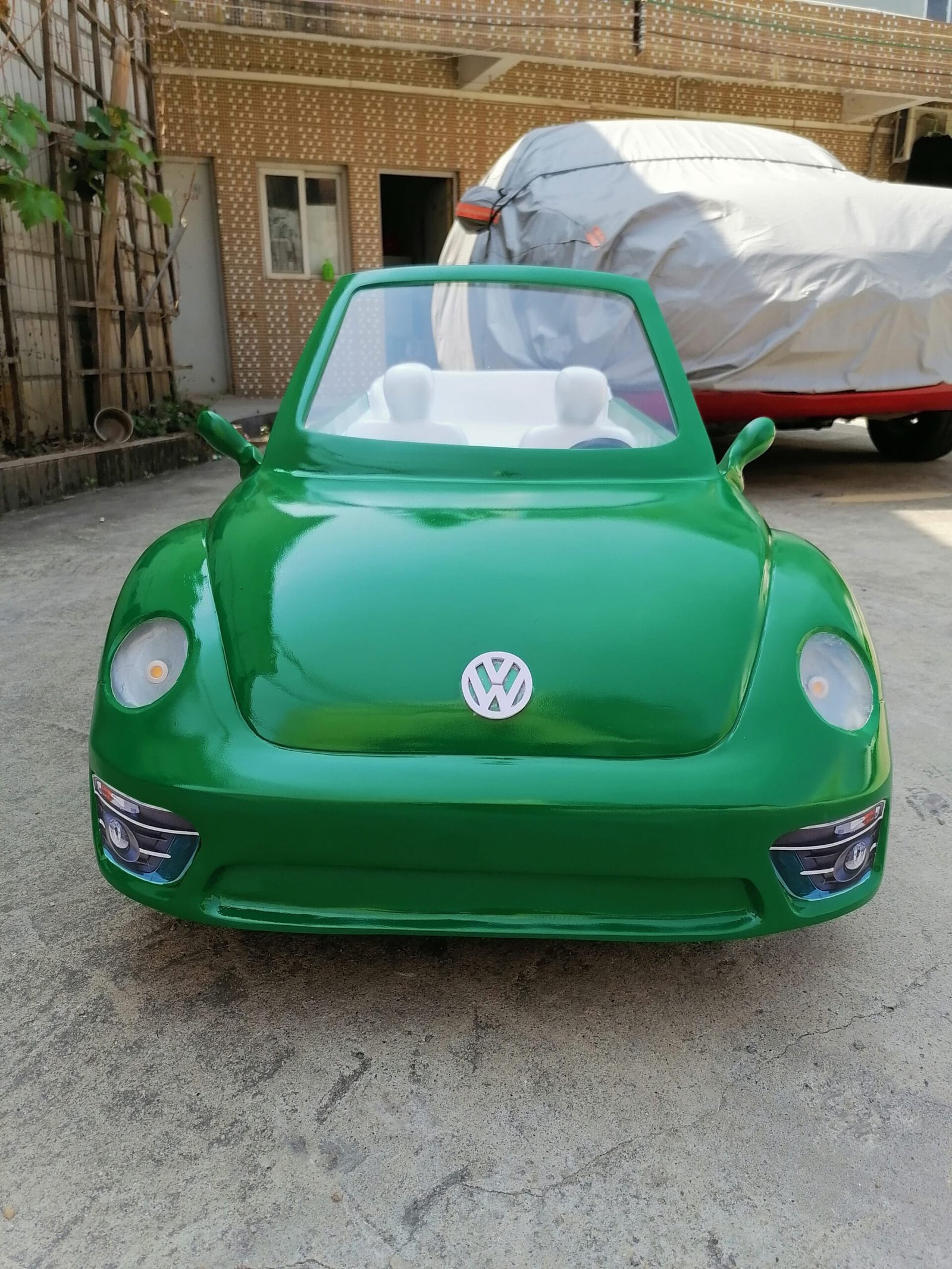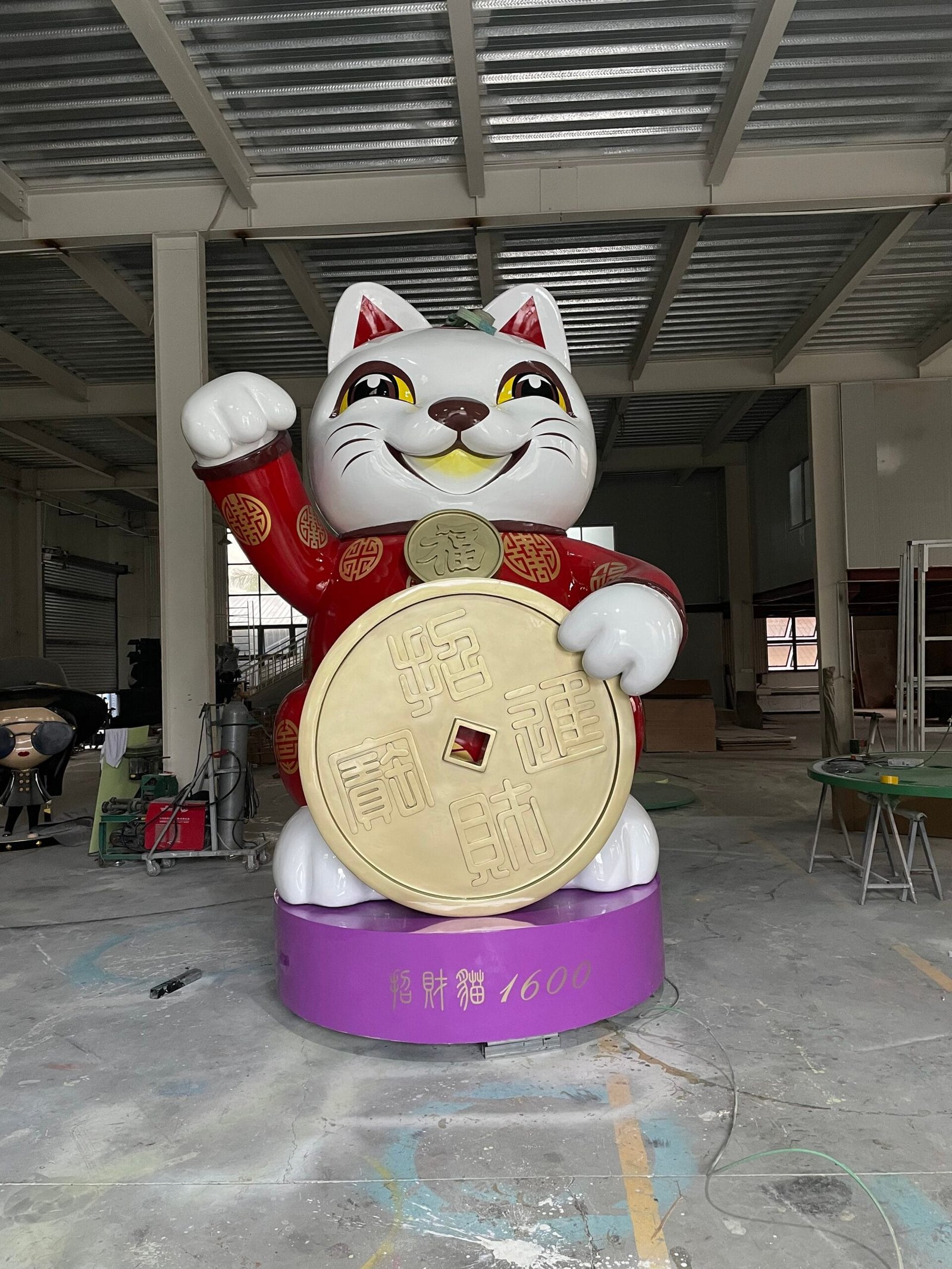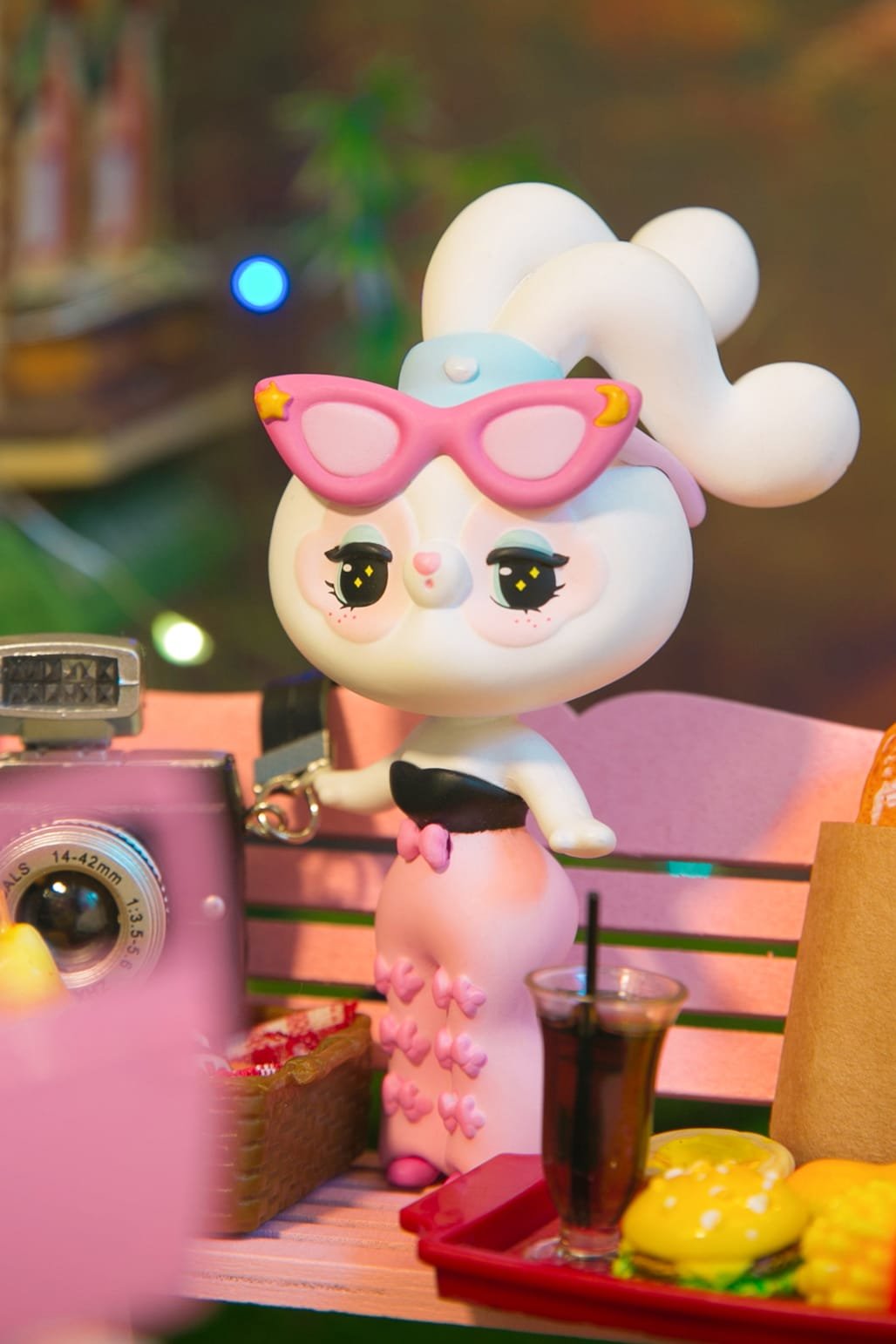Introduction: The Power of IP Sculptures in Branding
In today’s competitive market, brands are continuously seeking creative ways to stand out. IP sculptural props offer a dynamic and impactful solution for building a unique visual identity. These customized sculptures, inspired by a brand’s intellectual property (IP), act as physical representations of its values and personality. Whether showcased in retail stores, exhibitions, or marketing campaigns, IP sculptures enhance brand recognition, engage audiences, and leave lasting impressions.
This article explores the process of designing and creating IP sculptural props and provides actionable insights to maximize their branding potential.
1. The Role of IP Sculptures in Brand Identity
Bringing the Brand to Life
IP sculptures serve as tangible extensions of a brand’s story. By translating abstract ideas into three-dimensional forms, they create a memorable and visually engaging representation of the brand’s essence.
For example, a life-sized sculpture of a brand mascot can instantly connect with audiences, turning a conceptual character into a relatable and iconic figure.
Enhancing Customer Engagement
IP sculptures encourage interaction and emotional engagement. Whether through touchable surfaces, interactive features, or photo-worthy aesthetics, these props invite customers to connect with the brand on a deeper level.
Moreover, social media-friendly designs can amplify a brand’s reach. Sculptures that are visually striking or uniquely themed inspire visitors to share their experiences online, generating organic marketing opportunities.
Strengthening Visual Consistency
Sculptural props ensure that a brand’s visual identity remains consistent across physical and digital platforms. By aligning with the brand’s color palette, design language, and overall theme, they create a cohesive presence that resonates with the audience.
2. Designing IP Sculptural Props: Key Steps
Understanding the Brand and Its Audience
Before beginning the design process, it’s essential to analyze the brand’s values, target audience, and goals. Ask these key questions:
- What story does the brand want to tell?
- Who is the target audience?
- What emotions or reactions should the sculpture evoke?
By answering these questions, designers can ensure the final product aligns with the brand’s mission and appeals to its intended market.
Concept Development
The next step involves brainstorming and visualizing the sculpture’s design. Sketches, 3D renderings, and mood boards help refine the concept, ensuring it translates the brand’s identity effectively.
Key elements to consider include:
- Character Design: Develop a unique character or form that reflects the brand’s personality.
- Size and Proportion: Choose dimensions that suit the intended display environment, whether a store, event, or outdoor space.
- Functionality: Consider whether the sculpture will serve decorative, interactive, or promotional purposes.
Material Selection
Choosing the right materials ensures the sculpture’s durability, aesthetic appeal, and cost-effectiveness. Common options include:
- Fiberglass: Lightweight and versatile, ideal for both indoor and outdoor installations.
- Resin: Perfect for intricate details and polished finishes.
- Metal: Durable and modern, suitable for sleek, high-end designs.
Additionally, sustainable materials such as recycled plastics or biodegradable resins align with eco-conscious branding efforts.
3. Crafting and Producing IP Sculptures
Prototyping
Prototypes allow designers to test proportions, materials, and finishes before full production. Using 3D printing or hand-sculpting techniques, prototypes bring the concept to life and provide an opportunity for feedback and refinement.
Moreover, prototyping ensures that the final product meets both aesthetic and functional expectations.
Precision Manufacturing
The production process involves skilled craftsmanship and advanced technology to achieve high-quality results. Steps include:
- Molding and Casting: Creating molds to replicate the sculpture’s design with precision.
- Painting and Finishing: Adding color, texture, and protective coatings to enhance visual appeal and longevity.
- Assembly: For multi-part sculptures, assembling components seamlessly to maintain structural integrity.
Quality Control
Rigorous quality checks ensure that the sculpture meets design specifications and is free of defects. For outdoor installations, additional testing for weather resistance is essential.
4. Using IP Sculptures to Boost Brand Visibility
Strategic Placement
Positioning the sculpture in high-traffic areas maximizes visibility and engagement. Consider these placement strategies:
- Retail Stores: Place sculptures near entrances or display windows to attract passersby.
- Event Spaces: Use sculptures as centerpieces for exhibitions or trade shows, drawing attention to the brand’s booth.
- Public Spaces: Install large-scale sculptures in plazas or parks to generate buzz and broaden the brand’s reach.
Integrating Interactive Features
Interactive elements make sculptures more engaging and memorable. Examples include:
- Augmented Reality (AR): Allow users to scan the sculpture with their smartphones to access additional content, such as brand stories or promotions.
- Motion Sensors: Create dynamic sculptures that respond to movement or touch.
- Photo Opportunities: Design sculptures with built-in seating or platforms to encourage social media sharing.
5. Maintaining and Evolving IP Sculptures
Routine Maintenance
To ensure sculptures remain visually appealing, regular cleaning and inspections are necessary. For outdoor pieces, protective coatings can prevent weather-related damage.
Rotating and Refreshing Designs
Updating sculptures with seasonal themes or new branding campaigns keeps them relevant and exciting. Modular designs allow for easy modifications, reducing the need for complete replacements.
Conclusion: The Impact of IP Sculptural Props on Branding
IP sculptural props offer a powerful way to connect with audiences, strengthen brand identity, and enhance visual storytelling. From conceptual design to strategic placement, every step plays a critical role in creating sculptures that captivate and inspire.
Investing in high-quality, thoughtfully designed IP props ensures that your brand stands out in today’s competitive market, leaving a lasting impression on customers and amplifying its reach across both physical and digital platforms.
Focus Keywords:
IP sculptural props, brand identity, custom sculpture design, interactive branding props, retail display installations, sustainable sculpture materials.




